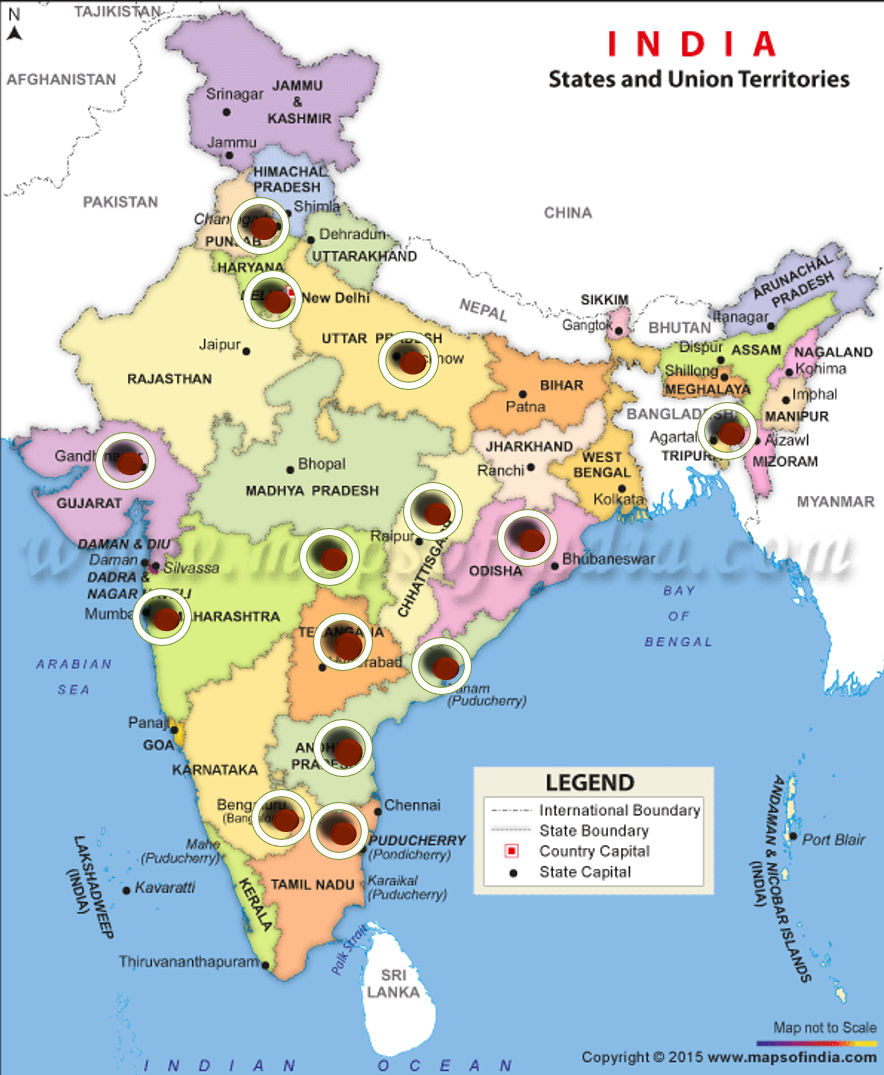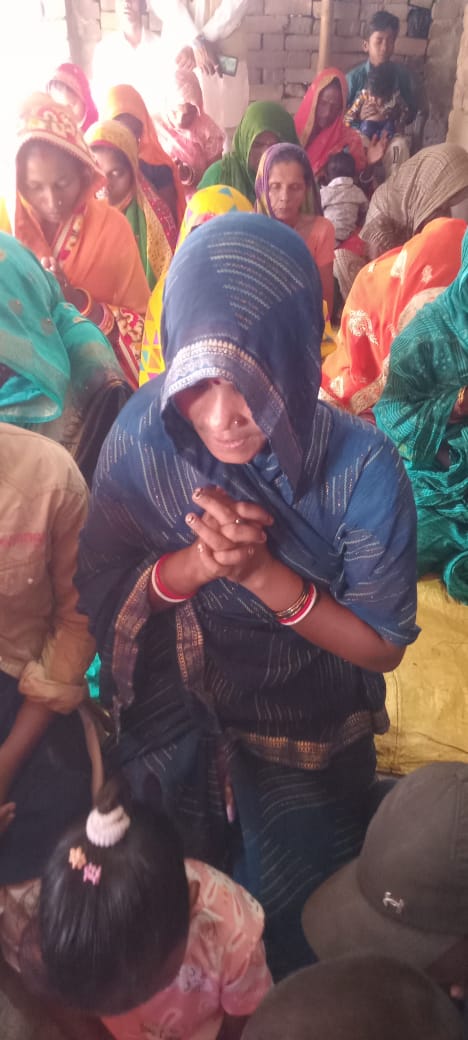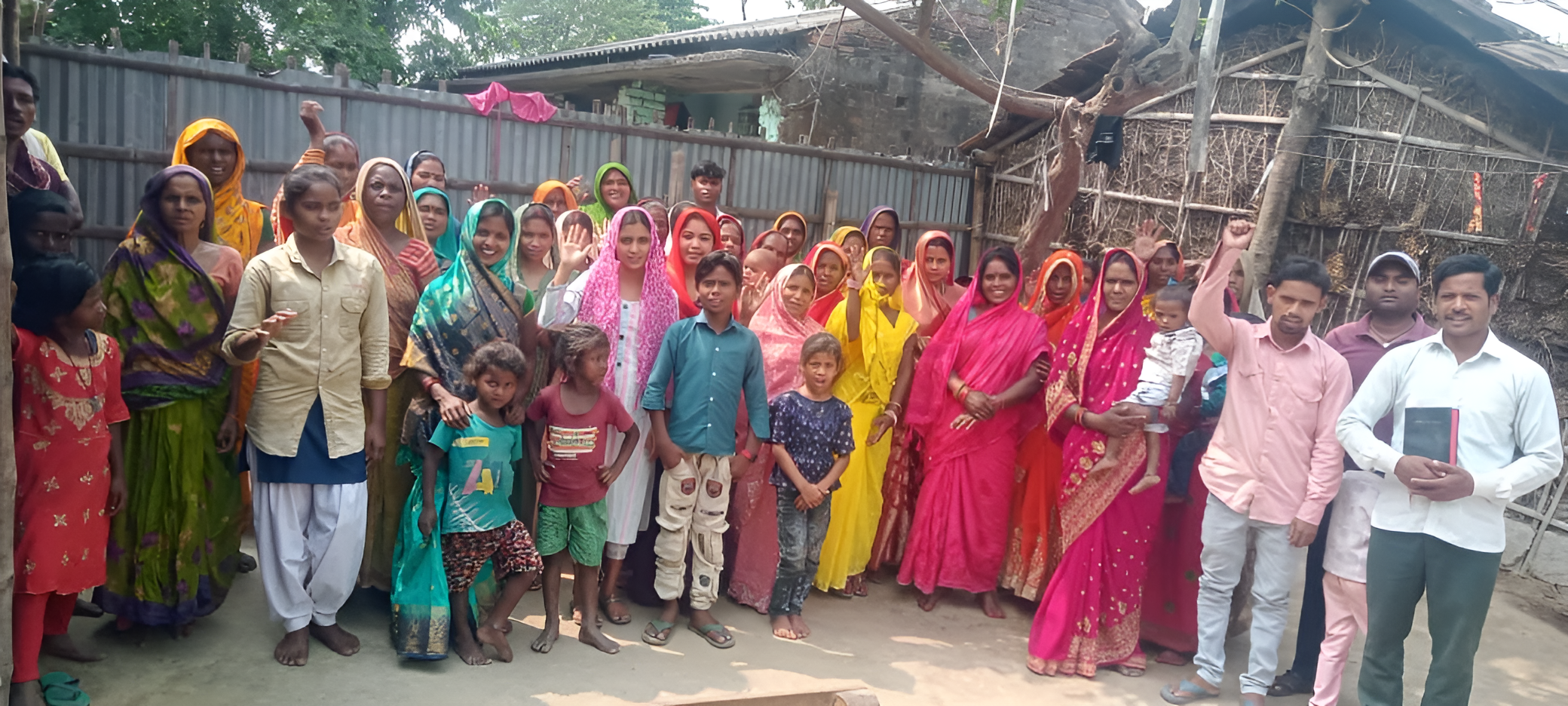Revitalizing Communities and Spreading Hope in India
With over 1.4 billion people, India’s religious landscape is marked by pluralism. Hinduism, Islam, Sikhism, Buddhism, Jainism, and Christianity, among others, coexist and interact. Among these, Christianity is a significant minority. Christianity in India traces its roots to the apostolic era—tradition holds that the Apostle Thomas arrived on the Malabar coast in Kerala in A.D. 52. Over the centuries, Christianity has grown to become a recognized and visible part of India’s cultural fabric, though Christians form only a small minority of the population.
Despite this historic presence, large swathes of India remain unreached by the gospel. Many rural villages and urban neighborhoods have little or no Christian witness. Thus, church planting takes on a special urgency as a means of carrying forward the Christian faith and addressing pressing spiritual and social needs.
Church planting, at its core, involves creating new worshipping communities where none previously existed or where the existing Christian presence is minimal. The process includes evangelism, discipleship, community engagement, and leadership development. In the Indian context, Church planting takes on unique dimensions due to the country’s rich tapestry of religions, social structures, and regional variations.




